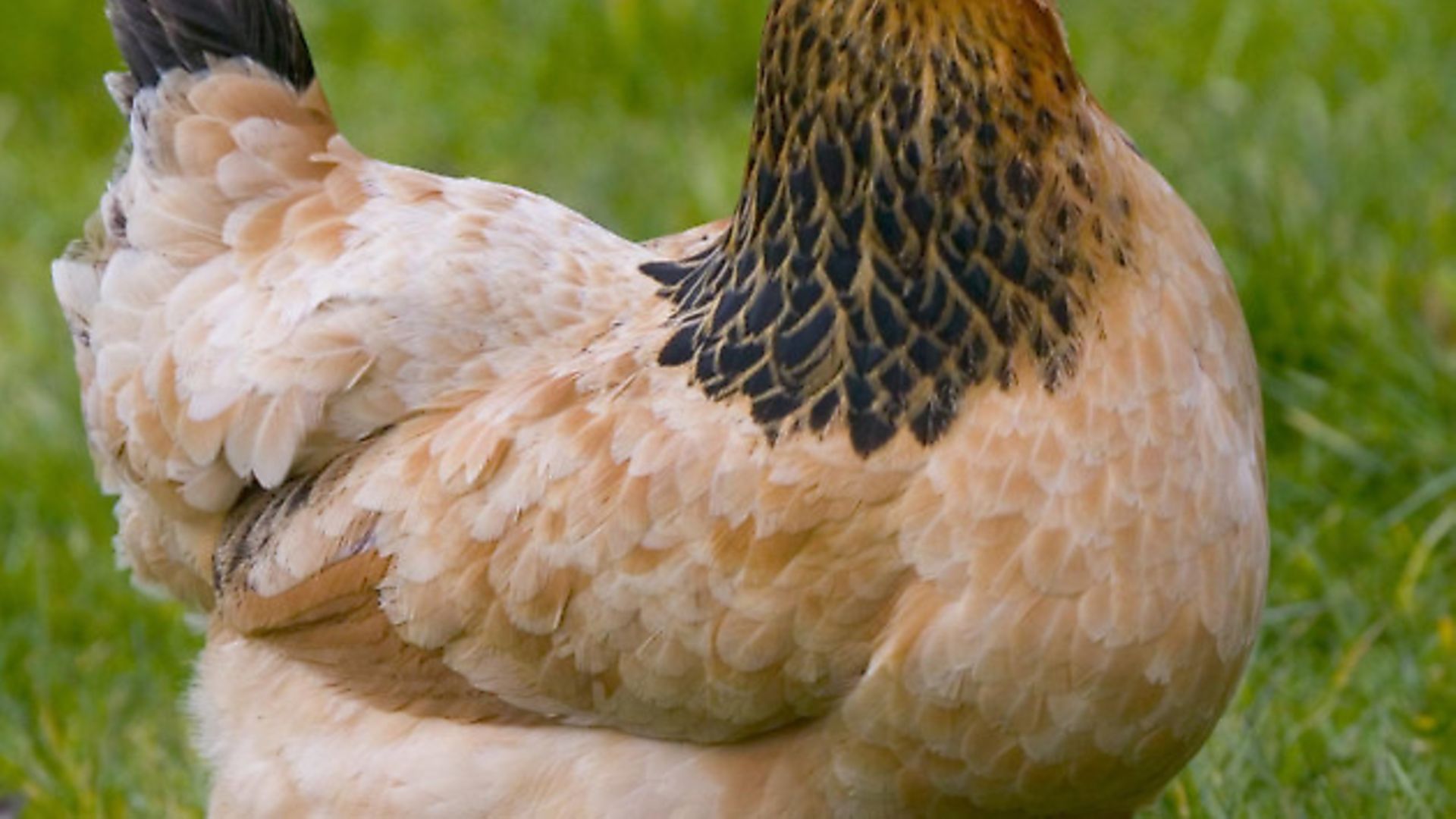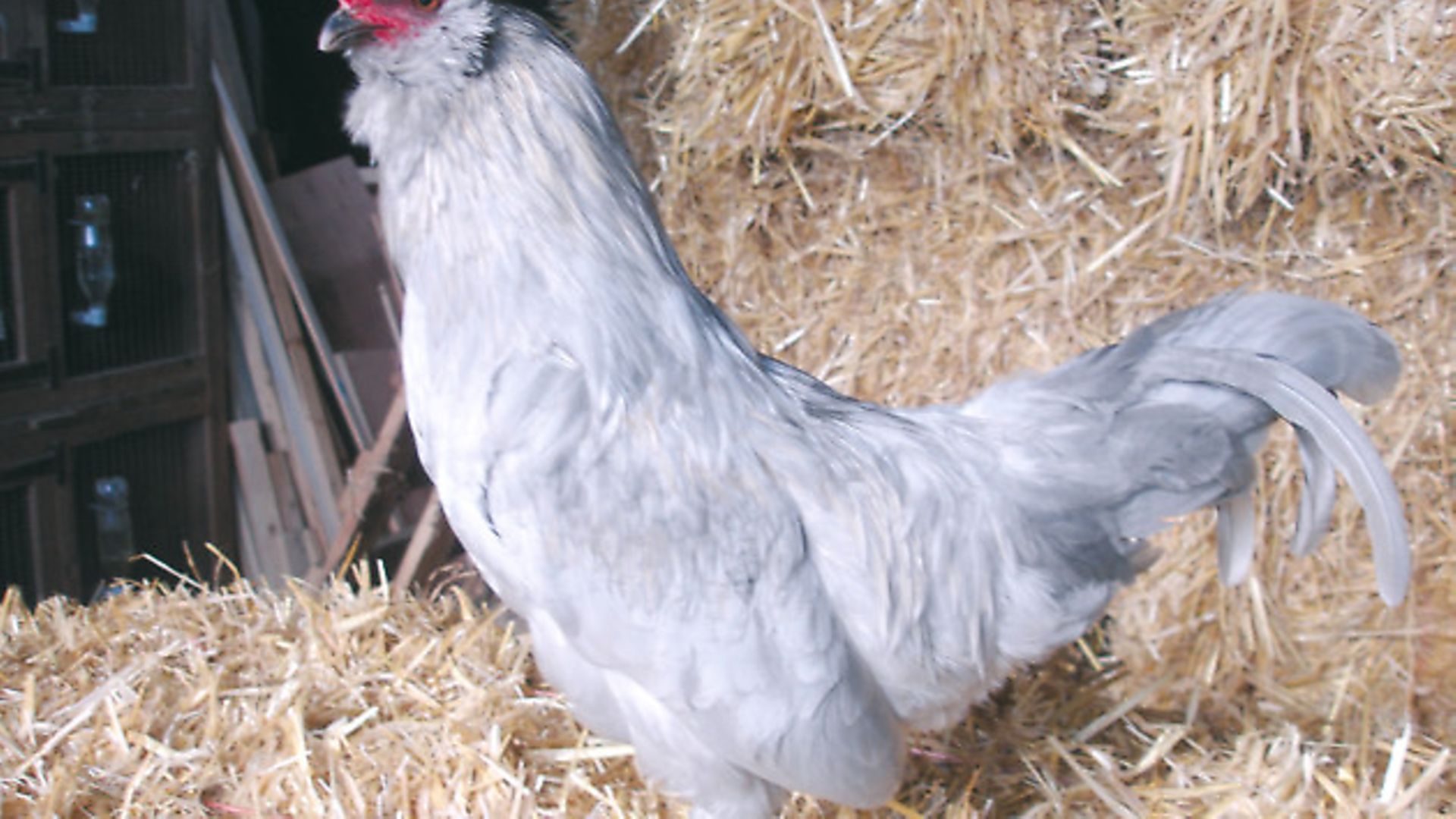Your Chickens writer Martin Gurdon chooses three of his favourite breeds

Our choice of chicken breeds is deeply amateurish. If we like the look of a bird, we’ll give it a go.
This means that, over the years, all sorts of chickens have lived, loved and turned up their claws in our garden. However, experience has taught us a few ground rules, and our preference these days tends to be for bigger animals.
We have a particular fondness for heavy breeds, although not exclusively so, and the largest examples have all been girls. We’ve never taken on a Buff Orpington cockerel for instance, simply because its size could result in some of our smaller hens getting injured.
We’ve ended up with breeds that, for various reasons, we won’t be buying again. These included hybrids, because they tend to lay so many eggs that they sometimes wear out distressingly quickly. When we’d just started keeping birds and didn’t know any better, we were sold a pair by someone who claimed the birds weren’t hybrid-derived. Not true, added to which the two we had were psychotic bullies who developed a range of medical complaints and died young.

The composition of our flock is never dictated by a bird’s age or how well it’s laying. Provided the animal is healthy and happy, it can stick around. But, looking back, these have been three ‘special ones’, our particular favourites:
BRAHMA
A heavy breed, Brahma hens have been a fixture of our flock for more than a decade. Generally docile and easy to handle, these big birds make very good domestic pets.
Our first pair, Brahms and Liszt, were Gold Brahmas, with almost Paisley plumage, which we found especially attractive. Liszt only lasted for a couple of years, but Brahms plodded on into extreme old age, a feature of all the other birds of this breed that we’ve owned.
The exact origins of the breed are the source of argument, but the larger examples (there are also bantams) have a lot of meat, so I suspect they were bred both for showing and for the table. I’ve read that they were bred in America from Chinese stock as farm birds –presumably displaced by the Rhode Island Red as farm birds.
We like the variety of colours (light, dark and buff), and again, the fact that the birds aren’t prolific layers doesn’t bother us. Their predisposition to go broody is a mixed blessing, but our experience has shown that Brahmas make good mothers.
BUFF SUSSEX
We spotted a Buff Sussex pullet at a chicken fair in Sussex, appropriately enough.
The bird was standing in a rack of cages, and we liked its stance, plumage and calm demeanour.
The vendor was Dudley Mallett, whom I soon discovered is a proper chicken expert. His birds, which live outdoors, where they can scratch and forage, always look clean and energetic.
When we decided to buy this Buff Sussex he gave us a polite third degree over housing, and how we would introduce it to our other hens, and only when he was satisfied that we knew what we were doing did money change hands.
We christened the animal Peeping Chicken, because of the noise it made before maturing and starting to cluck. The bird became a fixture of the garden, where its stolid form and delicately interlaced pale brown plumage made for an interesting visual contrast. Never a prolific layer, the bird spent half its life with us without producing a single egg, but it was friendly and un-skittish, and this lack of hysteria seemed to rub off on the other hens as it climbed up the pecking order.
ARAUCANA
Aruacanas tend to be busy, active and sometimes highly-strung, which makes for an entertaining contrast if the rest of your flock is made up of bulky, slow animals.
Few chickens can be described as athletic looking, but the females are elegantly compact, with pert tail feathers that remind us of an aircraft’s tailplane. Originating from South America, Aruacanas lay eggs with a strong, duck like blue/green tint, which is apparently unique amongst chickens and which we particularly like.
These birds can have a contrary streak, and Slasher, our long-lived example, often refuses to lay in the nest box, instead depositing caches of eggs in various secret nests around or garden. The busy, high speed nature of the breed can also make them challenging to catch, and on occasions, when we’ve wanted to pen up the flock during daylight hours, our Araucana has proved to be an absolute pain, darting under bushes, and zipping to freedom every time I think I’ve finally cornered her.
Still, the bird has proved to be very tough, getting through some harsh or miserably wet winters without so much as a sneeze, and is still laying regularly, despite heading for her sixth birthday.
Image(s) provided by:
Archant







